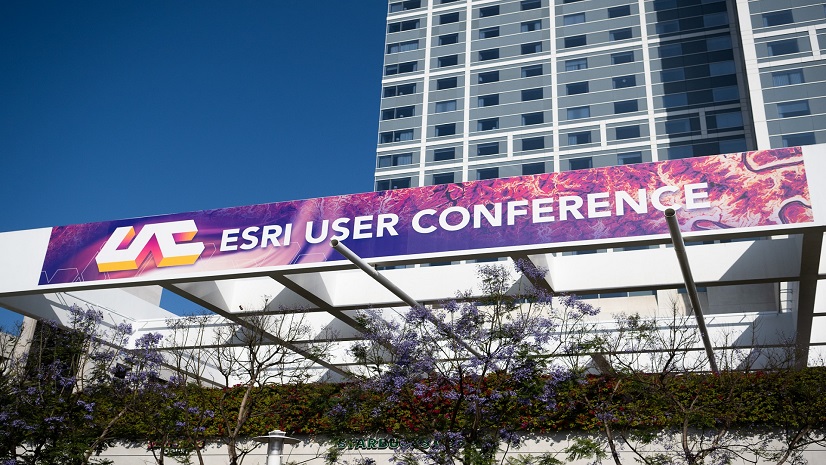There are variations to the definition of economic mobility, but at its core, the concept focuses on the need to increase opportunities for middle and low-income individuals and households to achieve a level of economic success. The concept of economic mobility is not a new one, but it has been one that has gained greater notoriety over the last decade. According to a 2017 article in Science, mobility had fallen from approximately 90% for children born in 1940 to 50% for children born in the 1980s. Increasing opportunities (not to be confused with results) across all income groups would reverse more than 70% of this decline in mobility. That’s where the modern concepts of economic mobility come in to play.
It Starts with Housing
Access to affordable housing is one of the most impactful ways to create generational wealth. Lower income households experiencing burdensome housing costs (classified by HUD as greater than 30% of household income) are usually left with a hurdle to economic mobility that they cannot clear. This is one of the reasons why there is greater demand from planners for zoning reform so that developers can provide housing opportunities that meet smaller household sizes and are more attainable. Most walkable communities today prioritize mixed land use, with medium-density residential areas near commercial, office, and public spaces. Preferably, walkable communities can be designed so as not to require residents to own a car to get to their job, healthcare, grocery stores, parks, education, and other services. This, in turn, frees residents from the financial burden of owning and maintaining a car.

Creating housing opportunities near, or with easy transit access to, employment, services and amenities provides a strong foundation for economic mobility.
Education as an Equalizer
The National Association of Counties (NACo) stated it best when they noted in their economic mobility initiative that education helps break the cycle of poverty and inequality, fostering economic mobility in current and future generations. Those with post-secondary education credentials are invariably going to have greater employment options and opportunities than those without. Cities and counties have to identify where educational opportunities are lacking, which may often involve difficult conversations. Either individuals will continue to suffer a lack of educational opportunities, further impeding their mobility, or they will leave and go where they can find the opportunities that enable them to grow. Neither are viable options for a community.

Education should also be tied to workforce development, either through separate facilities or partnerships with post-secondary education institutions. Tailoring vocational and on-the-job training services to nearby employment opportunities is an effective way to meet the needs of residents.

Empowering Entrepreneurs for Prosperity
Walkable communities can provide a supportive environment for small businesses and entrepreneurship. Lower transportation costs and higher foot traffic can help local businesses thrive, leading to more job opportunities and economic growth within the community. Working with local economic development organizations (EDOs), cities can incentivize and support this type of business growth. In turn, this can help promote similar walkable communities in other parts of the city or county.


This process can also work in the other direction, meaning the businesses could drive residences. If there is a concentration of existing small businesses, nearby areas could be targeted to create walkable communities with more affordable housing.

As any EDO will tell you, a favorable and conducive regulatory environment for these small businesses is key. This entails reducing bureaucratic hurdles, simplifying regulations, and lowering barriers to entry, even if these steps only exist in a specific opportunity zone. This will require collaboration between the EDO, planners, community leaders, and administrators.

A Geographic Approach to Economic Mobility
From housing to education and healthcare access, to business development, every facet of economic mobility is centered around or driven by location. GIS helps answer the critical questions in a city or county’s policy development, such as
- Where are the highest concentrations of low and middle-income households?
- How are key demographics (e.g. household size, age, race, income, etc.) changing over time across neighborhoods?
- Where do we lack access to sufficient educational, healthcare, and other key services?
- Where do we need to focus workforce development skills and in what do we need to focus?
- Where are the neighborhoods most burdened by housing costs?
- Where are the most conducive areas to build walkable communities that can support existing (or soon-to-be-developed) local businesses?
- What would the service area be for a new business and are the right customers in this area?
The success of an economic mobility strategy requires a geographic approach. GIS provides the tools to help establish buy-in by relying more on data-driven policies than anecdotal ones. Cities and counties have an obligation to their residents to provide an economic path forward by providing equitable access to opportunities. GIS provides the foundation for this essential and worthwhile initiative.




